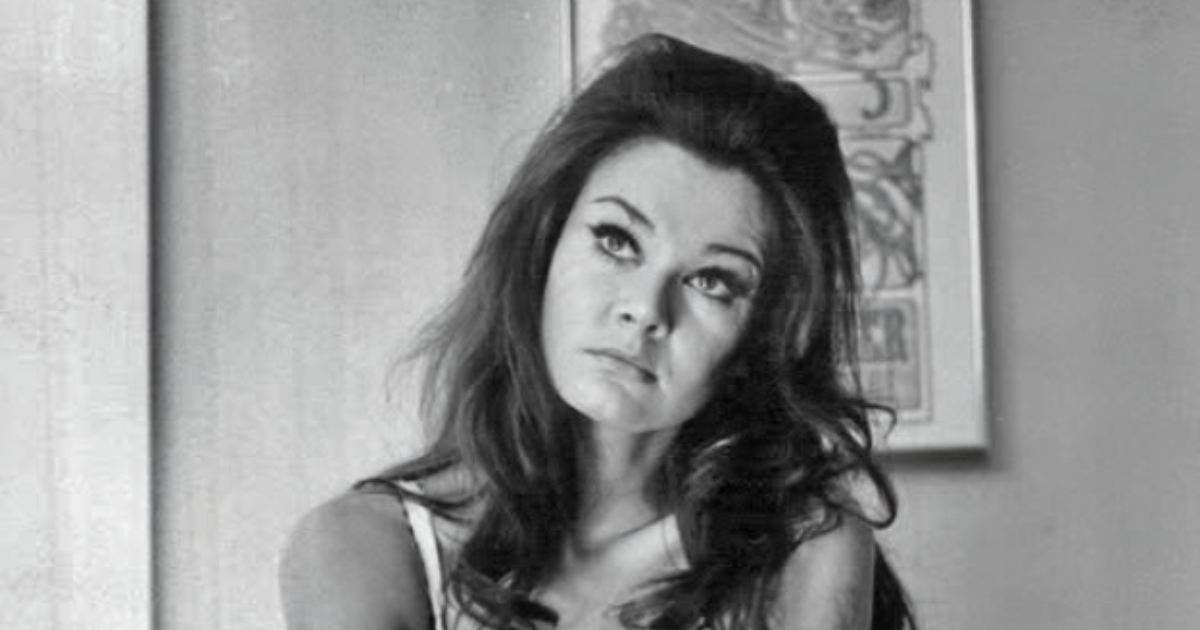Born on August 25, 1942, in Woking, Surrey, she was named after Shakespeare’s heroine — Imogen from Cymbeline — a name that seemed to foreshadow both grace and grief. Her world was one of poems and playbills: her father, Christopher Hassall, was a celebrated poet and lyricist; her grandfather, John Hassall, a renowned illustrator; her aunt, Joan Hassall, a distinguished engraver. From the beginning, she lived in a home where beauty and art were as natural as breathing.
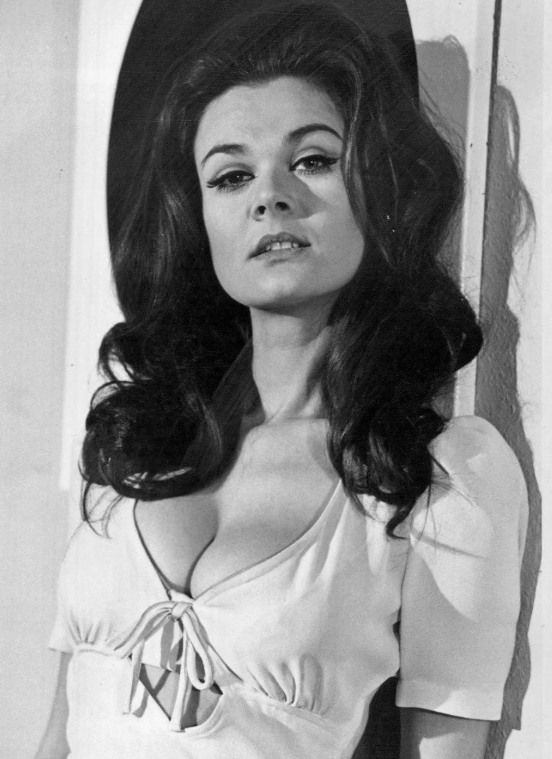
She began her journey not as an actress, but as a dancer — a young girl poised at the barre of the Elmhurst Ballet School and later, the Royal Ballet School’s White Lodge. At sixteen, she crossed the Atlantic to study in New York, a city that would open her eyes to ambition, possibility, and the fragility of dreams. But soon, the stage began to whisper louder than the music. Upon returning to London, she traded pirouettes for performance, enrolling at LAMDA, where she learned to command words as deftly as she once did movement.
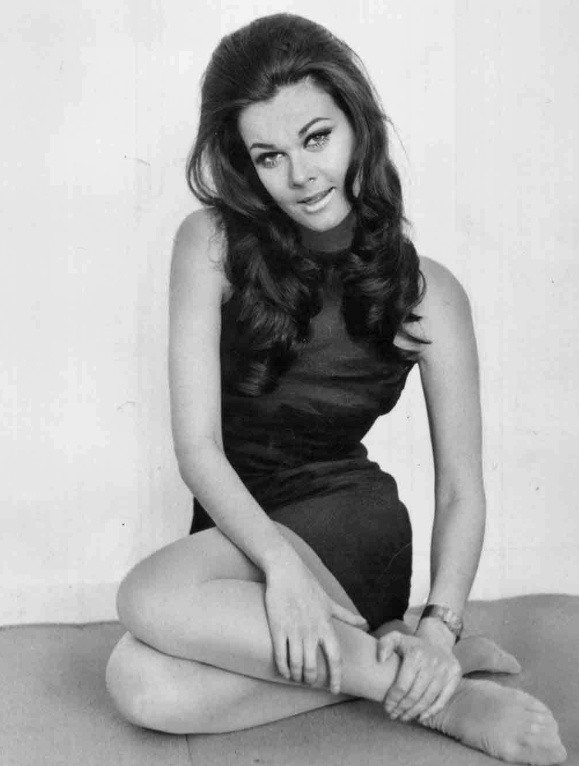
The Royal Shakespeare Company became her first great stage, where she learned the language of tragedy long before she would live it. But it was television that would make her a star.
By the mid-1960s, Imogen Hassall’s name shimmered across British screens — The Saint, The Avengers, The Persuaders! — sleek, stylish, and unmistakably magnetic. In 1967, she made her mark on film in The Long Duel, and soon after, in cult favorites like When Dinosaurs Ruled the Earth (1970) and Carry On Loving. Her striking beauty made her one of the most photographed women of her time.
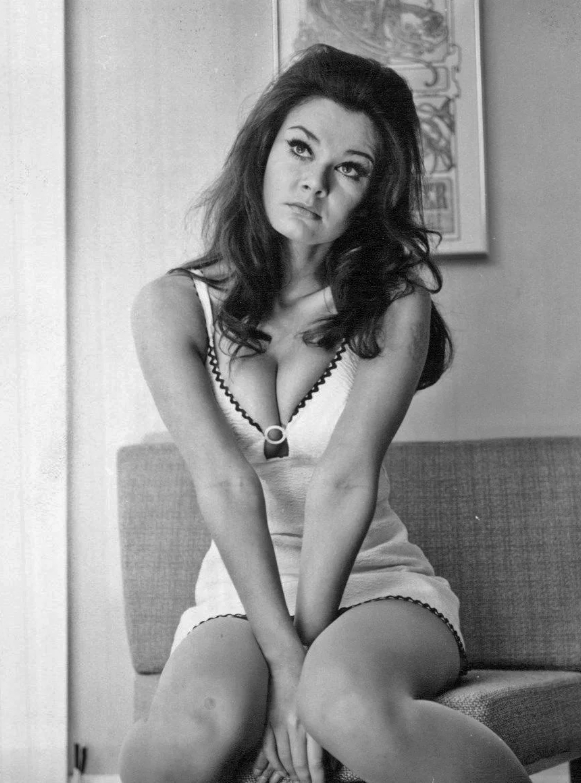
Behind the glamour, her life was marked by heartbreak. Her first marriage, to actor Kenneth Ives, brought a flicker of happiness — and a daughter, Melanie, whose life lasted only four days. The loss shattered her. A second marriage, to actor Andrew Knox, ended in heartbreak too, after a miscarriage and separation. Her public image sparkled, but privately she grew quieter, lonelier, her career slowing as the roles became fewer and the spotlight more unforgiving.
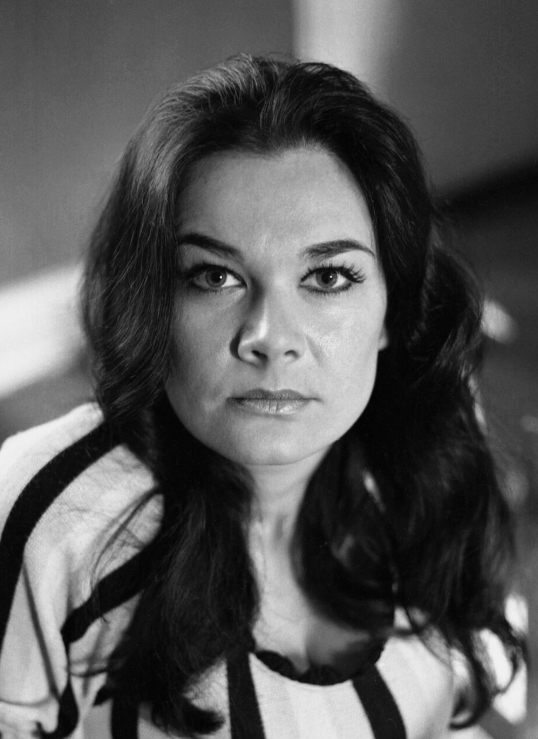
By the late 1970s, Imogen’s name, once synonymous with London’s swinging scene, had all but vanished from the credits. She took smaller roles, struggled financially, and receded from the public eye. Those who knew her spoke of a woman of intelligence and sensitivity — someone aching to be taken seriously, to be seen for her soul, not her silhouette..
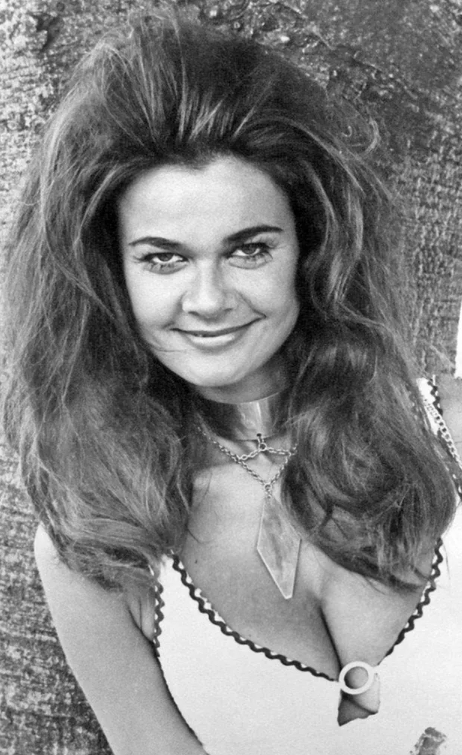
In remembering her, we remember every artist who was loved for how they shone, but forgotten for how they felt.
A dancer, a dreamer, a tragic muse of her time — Imogen Hassall remains, even now, a portrait of promise never fully realized, and of a soul that wanted only to be seen, not admired.
